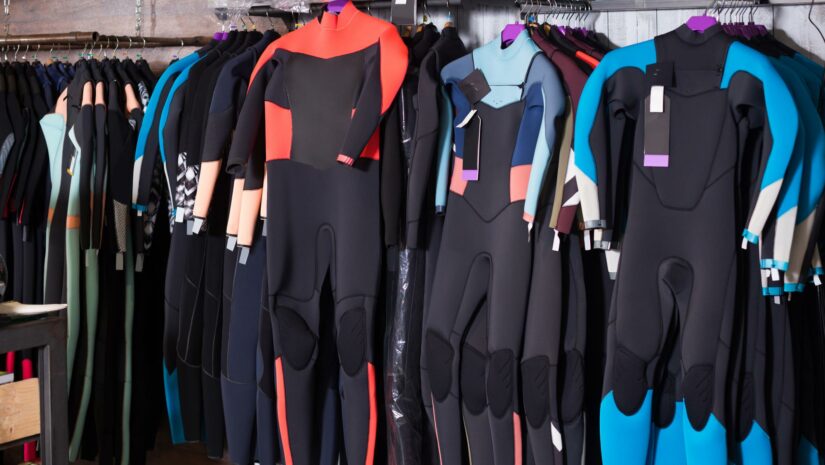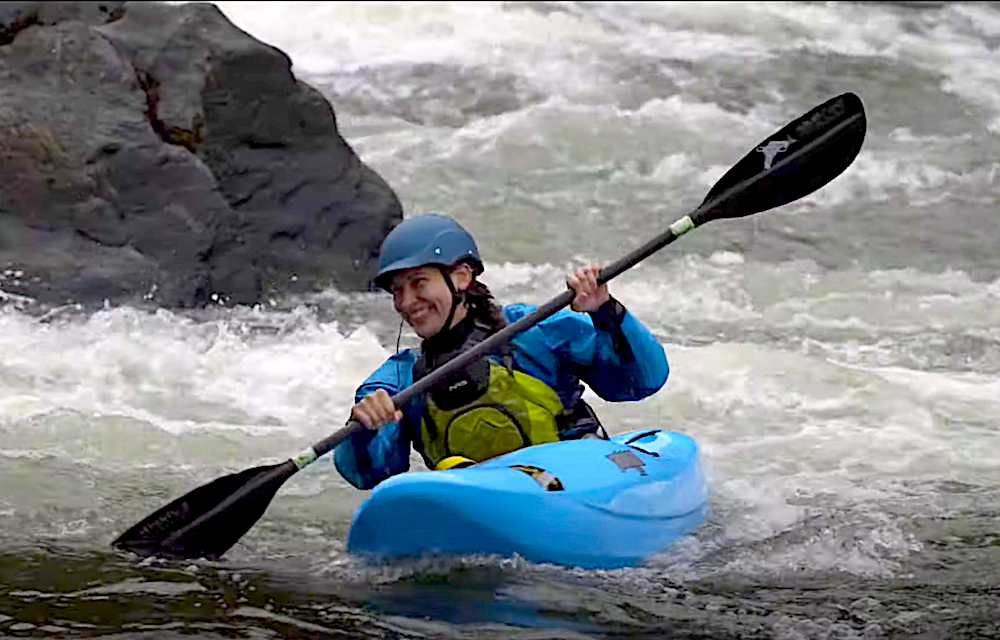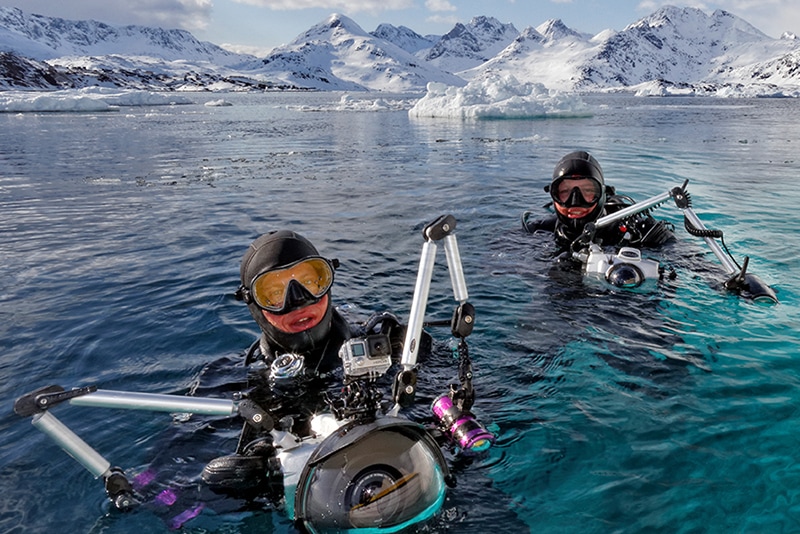Estimated reading time: 3 minutes

Are you a water enthusiast looking to stay warm and comfortable during your aquatic adventures? If so, you’ve probably come across the terms “wetsuit” and “drysuit.” But what exactly is the difference between these two garments? In this article, we’ll dive into the world of water sports gear and explore the unique characteristics of wetsuits and drysuits. So, whether you’re a seasoned surfer or a novice kayaker, join us as we uncover the secrets behind these essential pieces of equipment.
Wetsuit Construction

Wetsuits are typically made of neoprene, a synthetic rubber known for its flexibility, buoyancy, and insulating properties. The neoprene material layers and seals to form a tight-fitting garment, allowing a small amount of water to enter. This trapped water then warms up against the body, providing insulation. The thickness of the neoprene varies depending on the intended water temperature, with thicker suits offering more warmth for colder conditions. Additionally, wetsuits often feature a variety of features, such as ankle and wrist seals, chest zippers, and hood options, to enhance comfort, warmth, and flexibility.
Drysuit Construction

Drysuits are made from waterproof materials like Gore-Tex or nylon, creating a completely sealed barrier that prevents water from entering. The airtight seals around the neck, wrists, and ankles, along with a waterproof zipper, ensure this. Inside the drysuit, the wearer wears thermal base layers to provide insulation. You can adjust these base layers based on the water temperature and activity level. Drysuits also often feature features such as pockets, relief valves, and suspenders for added functionality and comfort.
What’s the Difference?

Both wetsuits and drysuits keep you warm in cold water, but they function in fundamentally different ways. Wetsuits allow a thin layer of water to enter and warm up against your body, providing insulation. Drysuits, on the other hand, create a completely waterproof barrier, trapping warm air around your body. This makes drysuits generally warmer than wetsuits, especially in extremely cold conditions.
As a result, wetsuits are often suitable for activities like surfing, diving, and swimming, where the occasional splash of water is not a major concern. Drysuits, however, are ideal for activities that involve prolonged exposure to cold water, such as kayaking, sailing, and ice diving.
Ultimately, wetsuits and drysuits both keep you warm, but the best choice depends on your activity and the environment. Wetsuits offer flexibility for splash-heavy sports, while drysuits provide maximum warmth in colder, prolonged water exposure. Whichever you choose, understanding their key differences ensures you’re prepared for your next adventure on the water.

